State College hopes to fight the tide of student rentals with new Homestead Investment Program
Listen-
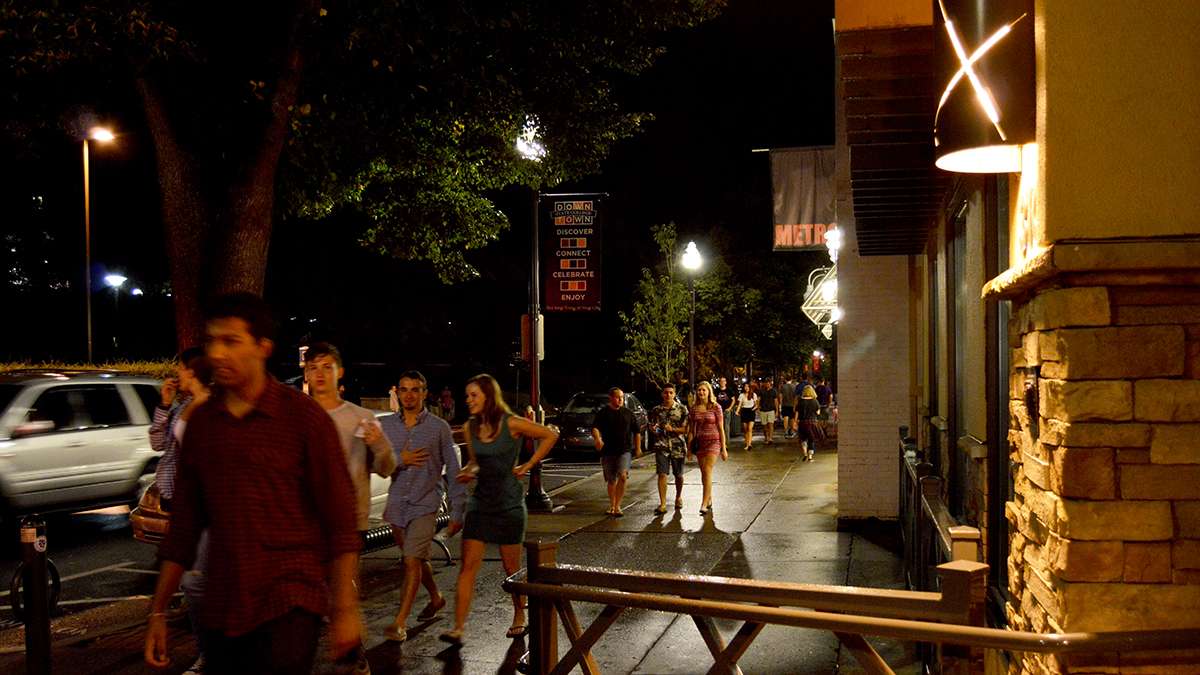
State College is a quintessential university town. During the school year, Penn State students double the borough's population. (Kate Lao Shaffner/WPSU)
-
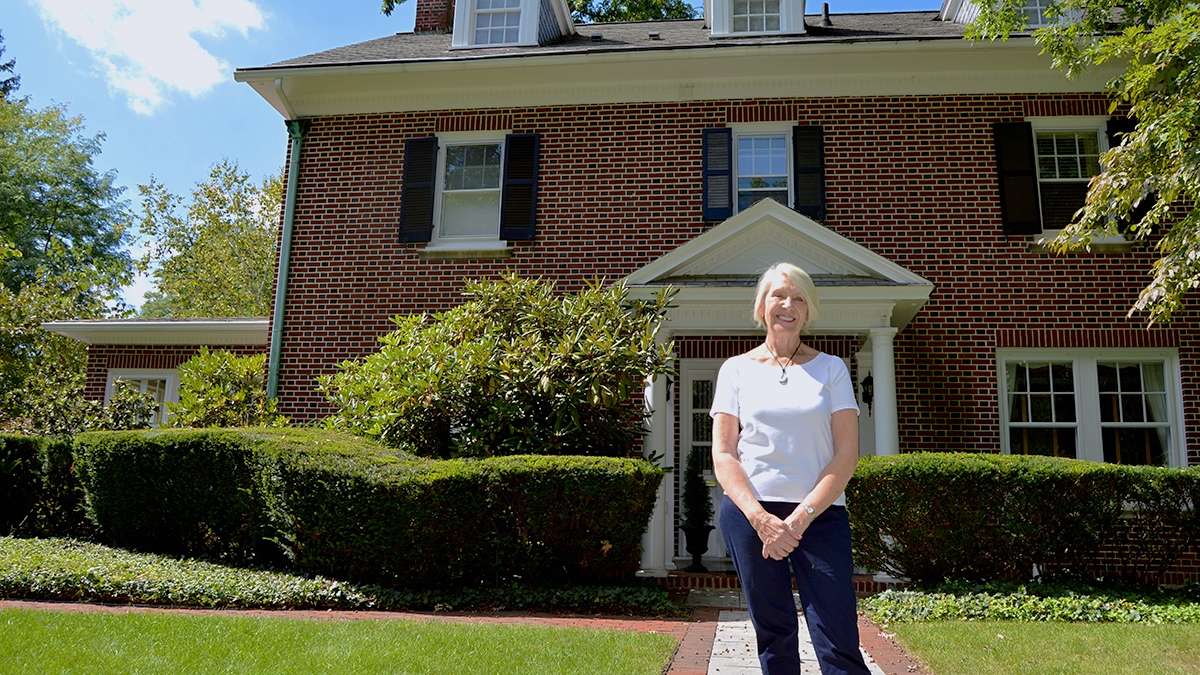
-
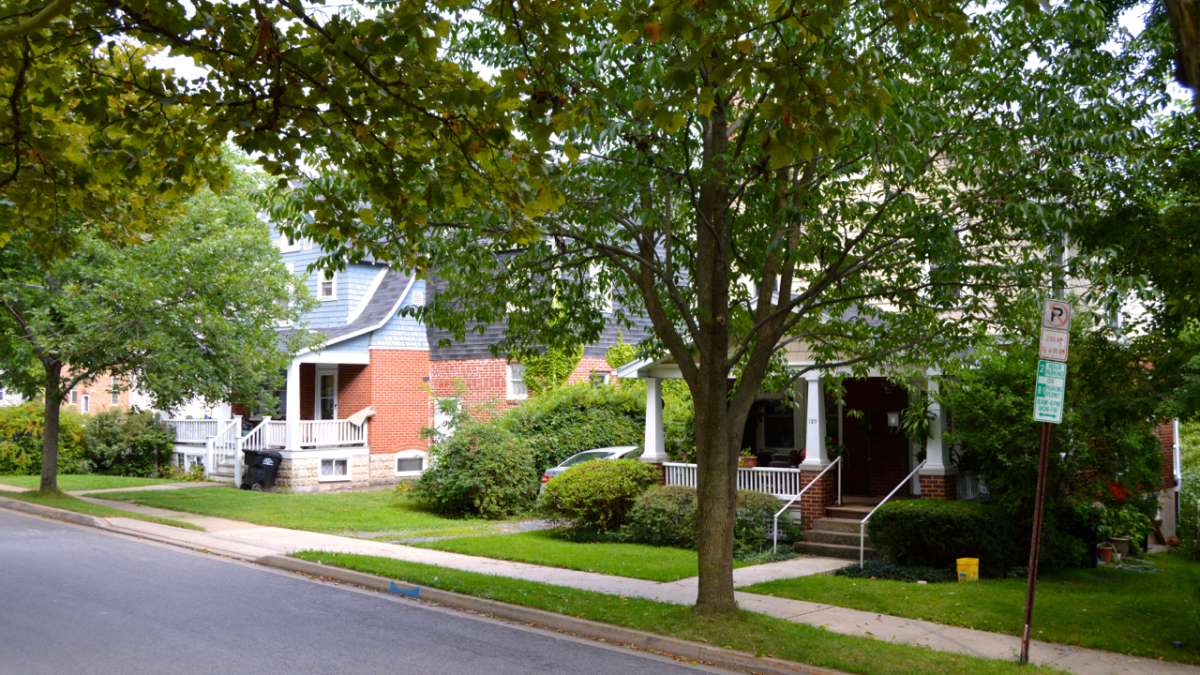
-
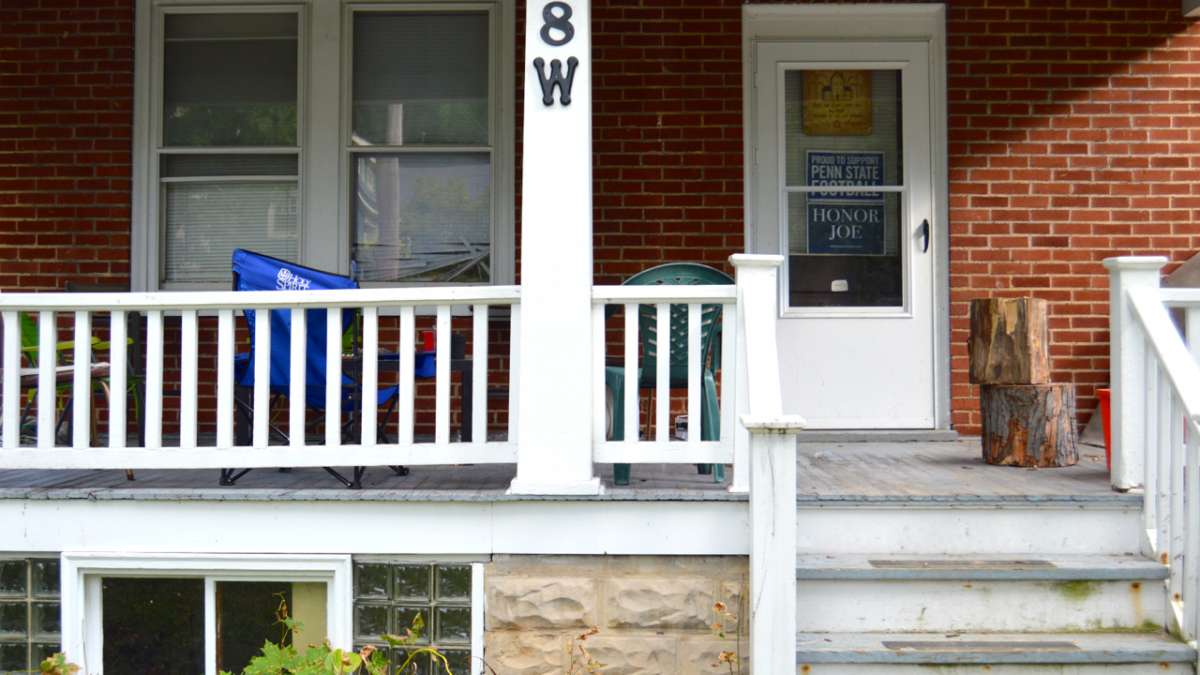
-
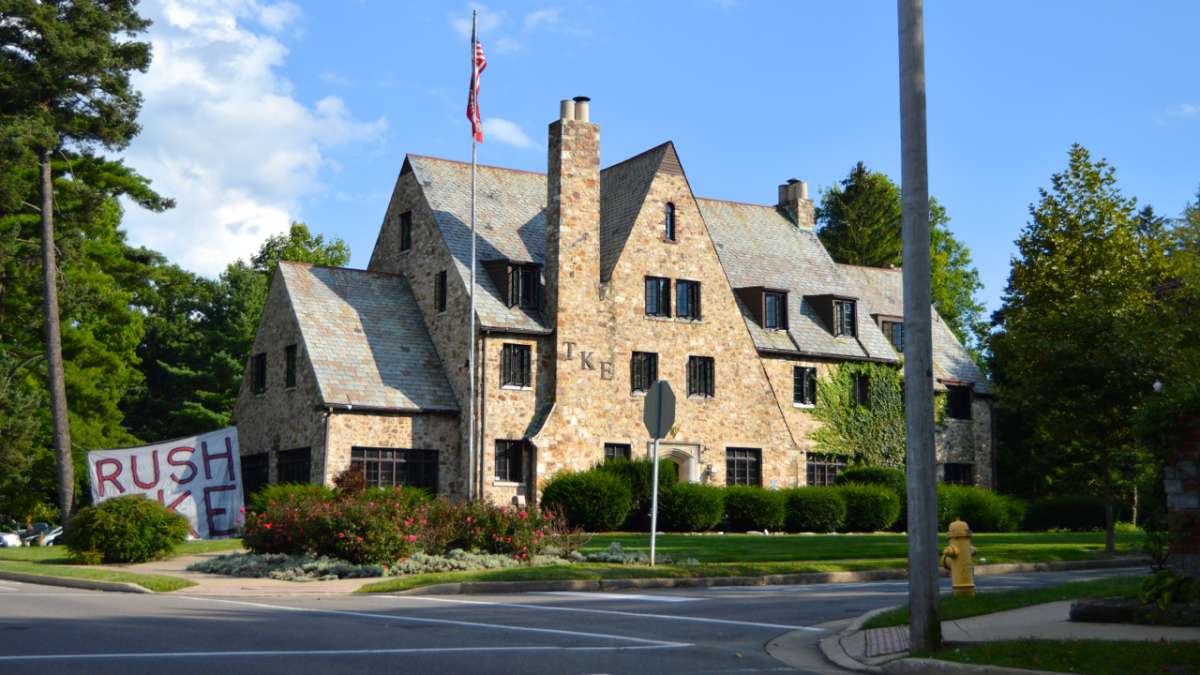
-

State College is launching a new initiative aimed to fight the increase of student rentals.
State College’s Highlands residents are used to sounds of partying on weekend nights. The neighborhood borders Penn State’s University Park campus and downtown. It’s made up of fraternities and apartment buildings, but also single-family homes ranging from grand stone and brick historic mansions to more modest mid-century houses. The residents are quite the mix—college students, retired professors, and young families all call the Highlands home.
But it’s not hard to tell who lives where.
On a tree-lined street a few blocks from downtown, State College Borough’s Planning Director Ed LeClear points to two houses—identical in style but a stark contrast in terms of maintenance.
“The one property has the typical lawn chairs on the porch. It’s not in as good shape as the one on the right—that one obviously someone’s taken care of. They have a lot of plants.” said LeClear. “When you look at the character of the two properties, I think one is what you’d like to see more of, and maybe one is less desirable.”
What’s wrong with rentals?
LeClear says the rise of rentals has led to issues the borough hopes to mitigate: student rentals are the culprit for most ordinance violations like noise, vandalism, and poor home maintenance. And the demand for student housing has increased home prices and crowded out families who want to live in the borough.
The problem of student rentals taking over neighborhoods isn’t exclusive to State College, of course. Drexel University has built additional student residences and extended its campus residency requirement to freshman and sophomores to mitigate student-housing issues in surrounding Philadelphia neighborhoods. And West Chester Borough instituted an ordinance which prohibits new student housing in its town center altogether.
State College has existing zoning rules that limits student homes in residential areas, but it’s rolling out a new plan LeClear said is unique.
“We’re breaking some new ground in looking to acquire new property,” said LeClear. “There aren’t any communities that have really done this.”
Buying and (re)selling
Through the Homestead Investment Program, the borough’s Redevelopment Authority, or RDA, plans to beat prospective landlords to the punch by purchasing homes that were rentals or might turn into rentals.The RDA would then either rent the houses out only to non-students (this is legal because students are not a protected class under the Fair Housing Act) or resell the homes, but with a restrictive covenant on the deed that prohibits the houses from becoming rentals. They’ll do this with a 5 million dollar line of credit that’s backed by the borough.
LeClear says the program is loosely modeled after a St. Thomas University (St. Paul, Minnesota) property acquisition program, but as far as he knows, State College is the first to try this on a municipal level.
But what about the students?
In front of their house on Pugh Street, half a dozen college students are throwing beanbags in a game of corn hole. They live in a part of town primarily made up of apartments, rental homes, and commercial buildings,
None have heard of the Homestead Investment Program—and when they find out about it, they sound, well, a little defensive.
“This is a college town, there’s going to be a growing population of students,” said Zachary Hordeski, a sophomore at Penn State. “So it makes sense that students will be taking over the whole town.”
Hordeski’s friend, Philip Poltorak, doesn’t get it, either.
“What kind of family would like to live in this neighborhood? It’s all just frats and college kids,” said Poltorak.
The numbers, at least, back him up: according to the U.S. Census, about 80 percent of all housing units (which includes apartment units) in State College are renter-occupied, compared to around 30 percent nationally. Due to zoning regulations, student housing is mostly concentrated in blocks like Poltorak’s.
What worries residents is that the ever-growing demand for student housing means rentals are creeping into quieter, more family-oriented blocks of the neighborhood.
Those are the areas the Homestead Investment Program is hoping to target.
“Not anti-student”
Peg Hambrick lives on one such block in a brick colonial, not far from Hordeski and Poltorak. She supports the Homestead Investment Program, but she’s adamant that she—and the program–are not anti-student.
“I think there’s a vibrancy here. There’s an identity here,” said Hambrick. “We love living among the students.”
Hambrick said more owner-occupied homes will benefit everyone through additional earned income tax dollars, which pays for borough services like public safety and security.
The borough hopes to purchase its first house to resell sometime this fall.
WHYY is your source for fact-based, in-depth journalism and information. As a nonprofit organization, we rely on financial support from readers like you. Please give today.


